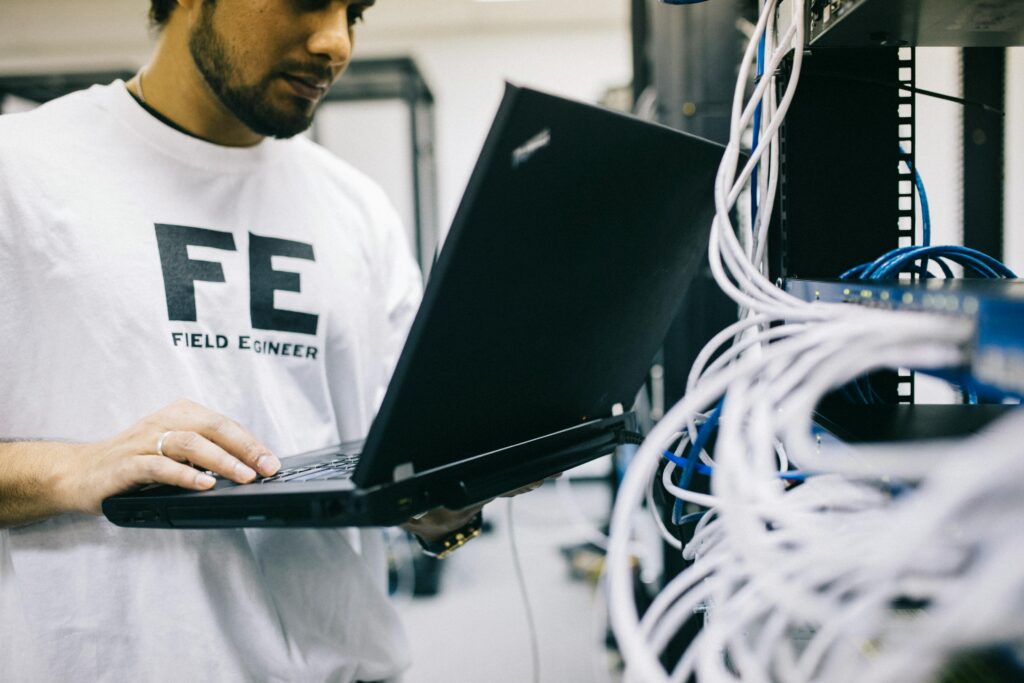As a Requirements Engineer, my job is to understand the intricate layers of human behavior and experiences, especially when it comes to developing software systems that cater to diverse user needs. One model that particularly resonates with my work is the biopsychosocial model, which offers a comprehensive framework for understanding human behavior and experiences through biological, psychological, and social factors. In this article, I delve into the depths of this biopsychological model, exploring its components and implications for my role in Requirements Engineering.
The Concept of the Biopsychosocial Model
The biopsychosocial model, as the name suggests, integrates three fundamental aspects of human existence: biological, psychological, and social factors. Each of these components plays a crucial role in shaping human behavior and experiences. Let’s break down each perspective to gain a deeper understanding.
Biological Perspective: Unraveling the Complexities of the Human Body
From a biological perspective, humans are viewed as physical entities governed by intricate physiological processes. Our bodies, composed of various organs and systems, interact with the environment through sensory stimuli. The nervous system serves as a conduit for transmitting these stimuli to the brain, where they are processed and interpreted. As a Requirements Engineer, recognizing the biological underpinnings of human behavior reminds me that user interactions with software systems are influenced by physiological responses, such as visual and auditory cues.
Psychological Perspective: Exploring the Realm of the Mind
The psychological perspective delves into the realm of thoughts, emotions, and cognition. Consciousness, the elusive yet central aspect of human experience, encapsulates our awareness of self and surroundings. Traumatic experiences from the past can leave enduring imprints on the psyche, influencing behavior and decision-making processes. Understanding these psychological nuances is essential for designing user interfaces that are intuitive, empathetic, and supportive of diverse user needs.
Social Perspective: Embracing the Influence of Sociocultural Contexts
Humans are inherently social beings, shaped by interactions with others and embedded within broader sociocultural contexts. Family dynamics, societal norms, and cultural practices mold individual identities and behaviors. As a Requirements Engineer, acknowledging the social dimensions of human experience underscores the importance of designing inclusive and culturally sensitive software solutions. Considering diverse user backgrounds and societal norms ensures that software systems resonate with a wide range of users.
The Integrated Perspective: Synthesizing the Three Dimensions
The beauty of the biopsychosocial model lies in its integrated perspective, which recognizes the interconnectedness of biological, psychological, and social factors in shaping human behavior and experiences. By embracing this holistic approach, Requirements Engineers can develop software systems that align with users’ multifaceted needs and preferences. From accessibility features that accommodate diverse physical abilities to user interfaces that promote mental well-being, integrating the biopsychosocial model into requirements engineering practices enhances the overall user experience.
Exploring Consciousness: A Window into Human Experience
Consciousness serves as a gateway to human experience, allowing us to perceive, interpret, and navigate the world around us. While consciousness itself remains elusive and intangible, its manifestations offer invaluable insights into human cognition and behavior.
The Limits of Consciousness: Navigating the Boundaries of Awareness
Despite its profound significance, consciousness has inherent limitations. Our cognitive capacity is finite, and we cannot consciously process every stimuli bombarding our senses. As Requirements Engineers, recognizing these limits informs our approach to designing software systems that prioritize essential information and minimize cognitive overload. By streamlining user interfaces and prioritizing relevant content, we ensure that users can engage with software systems effectively.
Making Consciousness Tangible: Insights from Subjective Experience
While consciousness may elude direct measurement, its subjective manifestations provide valuable clues about our cognitive processes. Whether through introspection, conscious actions, or neural activity patterns, we gain glimpses into the workings of the human mind. Leveraging these insights, Requirements Engineers can design user interfaces that resonate with users’ subjective experiences, fostering engagement and satisfaction.
States of Consciousness: Exploring Variations in Awareness
Consciousness is dynamic, fluctuating across different states and contexts. From meditative states of inner peace to immersive daydreams, our awareness undergoes constant shifts. Recognizing these variations enables Requirements Engineers to design software systems that adapt to users’ changing cognitive states. Whether through personalized recommendations or adaptive interfaces, we can enhance user engagement by aligning software interactions with users’ evolving consciousness.
Conclusions
As a Requirements Engineer, the biopsychosocial model serves as a guiding framework for understanding human behavior and experiences. By integrating insights from biology, psychology, and sociology, we can develop software systems that resonate with users on a deeper level. From inclusive design practices to personalized user experiences, the principles of the biopsychosocial model inform every aspect of requirements engineering, enriching the software development process and enhancing user satisfaction.
Credits: Photo by Polina Tankilevitch from Pexels




